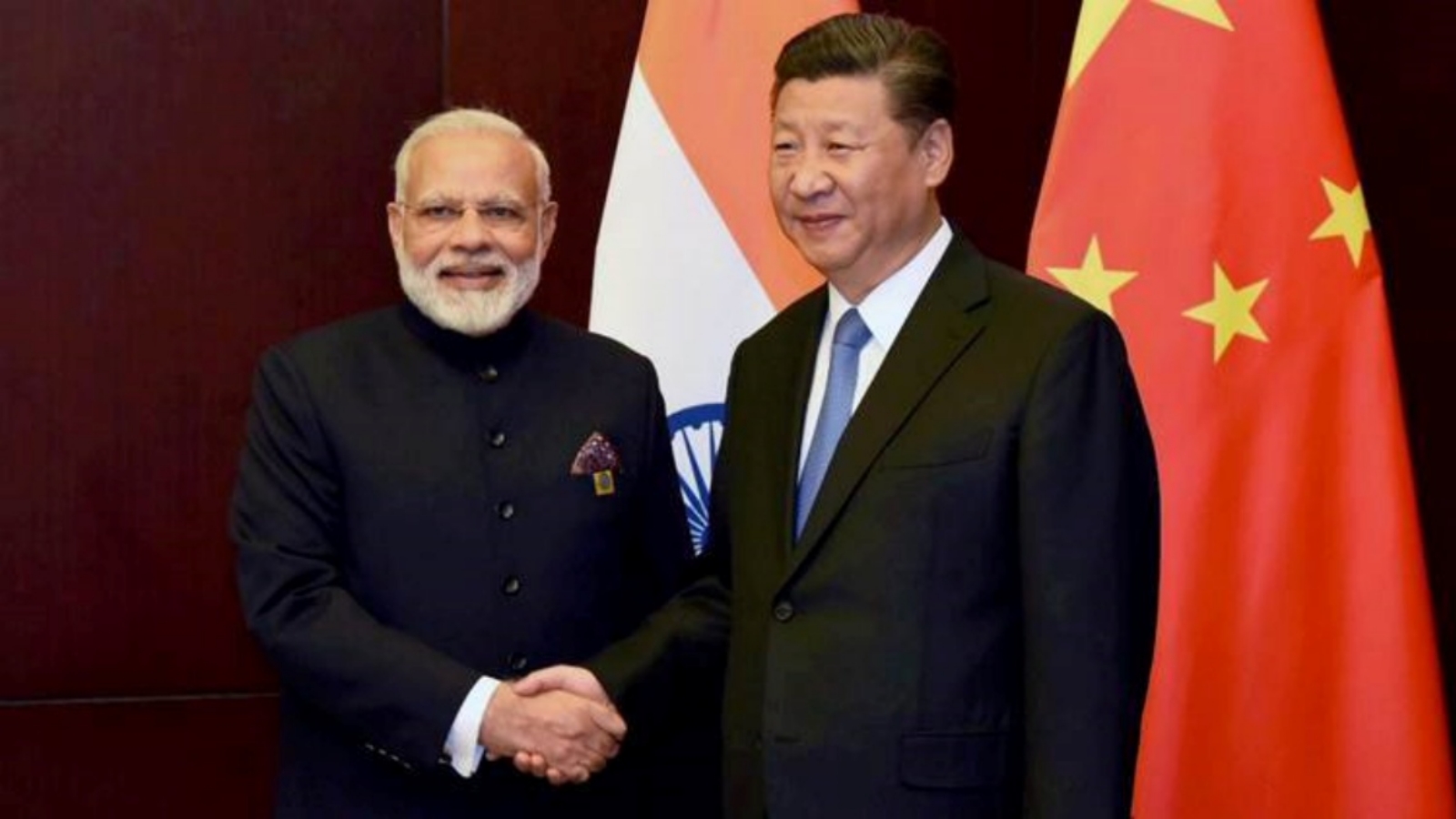
Nov 23, 2024 01:35 IST First published on: Nov 23, 2024 at 01:35 IST
Three important meetings between the leaders of India and China have generated a sense among observers that the two countries are cosying up to each other once again. Prime Minister Narendra Modi met President Xi Jinping at Kazan in Russia in October on the sidelines of the BRICS summit. This was followed by a meeting between the Indian Foreign Minister S Jaishankar and his Chinese counterpart, Wang Yi, at Rio de Janeiro in Brazil on the sidelines of the G20 summit. Around the same time, Indian Defence Minister Rajnath Singh was in Vientiane in Laos, shaking hands with his Chinese counterpart, Admiral Dong Jun. Prime Minister Modi’s meeting with Xi Jinping comes five years after the second India-China informal bilateral summit at Mahabalipuram in Tamil Nadu in 2019. China’s violation of the Line of Actual Control (LAC) in early 2020, leading to the deaths of 20 Indian soldiers and an unknown number of Chinese soldiers, stalled the bilateral engagement process.
Sporadic engagements on a few occasions notwithstanding, bilateral relations remained tense through the last four years. The coldness was conspicuous at the G20 summit in Bali, Indonesia, in 2022, when Modi and Xi limited their interaction to a mere handshake. The two leaders bumped into each other once again at the BRICS summit in Johannesburg, South Africa, in 2023. Not much enthusiasm was witnessed after a brief meeting between the two, which the Chinese readout described as held “at the latter’s request”.
Bilateral engagements in the last one month, however, have generated a different kind of enthusiasm. The Chinese readout on the Modi-Xi meeting described the two countries as “important members of the Global South”, and said that they “must also shoulder their international responsibility, set an example in boosting the strength and unity of developing countries, and contribute to promoting a multipolar world.” On its part, the external affairs ministry of India, too, sounded positive, suggesting that “stable, predictable, and amicable bilateral relations” between the “two largest nations on earth”, will have a positive impact on regional and global peace and prosperity. In a post on ‘X’, Rajnath Singh described his talks with Dong as “extremely productive”. At Rio, Jaishankar underscored that the countries worked “constructively” in the BRICS and SCO framework, and “our cooperation in the G20 has also been evident”.
Predictably, a lot of commentary is happening over the trajectory of India-China relations. Global Times declared that “there are encouraging signs that China-India relations are moving forward”. Some suggested that India’s economic compulsions propelled it to restore normalcy with its neighbour while others have argued that China wants to exploit India’s tensions with the West.
There are two types of strategic analysts among China watchers — hawks and doves. The hawks believe that a thaw between the two countries is impossible. They cite examples to buttress the point that the northern neighbour cannot be trusted. Then there are doves, who believe that despite the challenges the two countries must and will work together. Jawahar Lal Nehru was known for his dovish views on India-China relations. “Indeed, I may say that we shall always leave the door open for an honourable settlement with China”, he argued in 1963, even in
the face of a humiliating defeat inflicted by it on India.
However, the breed of doves is shrinking as there is reduced appetite for a romantic approach to the bilateral relationship, especially after the Galwan incident. On a lighter note, doves are big suspects now. Last year, Indian agencies captured a pigeon “suspiciously” roaming near a port in Mumbai. It had rings attached to its feet that carried Chinese letters. It was detained for eight months only to be let off in April this year after thorough investigation of possible espionage attempts by the Chinese. Even the Congress party, accused for long of being dove-ish on China, is seeking to refurbish its image by hawkishly attacking the Modi Government for “gullibility and naïveté” regarding China.
The Modi government’s China policy is pragmatic and realist. It understands that the bilateral relationship cannot be placed in any specific category of friends or foes. It will remain volatile, with the two countries having “both differences and convergences” on bilateral and international issues, as Jaishankar told his counterpart. India also remembers that despite dozens of agreements between the two countries since the “Peace and Tranquility Agreement” of 1993, the LAC violations by China continued unabated. In 2013, AK Antony, the then defence minister, told the Indian Parliament that just as his government was signing border agreements with China in 2012 and 2013, there were more than 400 transgressions by the Chinese army between 2010 and 2013.
most read
That is the reason why the Modi government has demonstrated cautious optimism about the future of bilateral relations. While welcoming the thaw, Modi underscored the importance of “properly handling differences and disputes”, and advised that ties should be “stable, predictable, and amicable”. Jaishankar reiterated that “mutual sensitivity, mutual respect and mutual interest” must be the touchstone for improving ties. While China continues to take potshots, stating that “improvement in bilateral relations in the future will largely depend on the sincerity of the Indian side”, and “India’s policy that aims at decoupling from China has failed” and “India can’t profit from being hostile to or decoupling from China, and it is even making it difficult for India to realise its own development”, the Indian leadership has gently but firmly told its Chinese counterparts that its foreign policy has been “principled and consistent, marked by independent thought and action”. Jaishankar told Wang Yi that “we are against unilateral approaches to establish dominance” and India “does not view its relationships through the prism of other nations”.
PM Modi has conveyed the crucial message that India is not only strongly committed to a multipolar world, but also “a multipolar Asia”. Some argue that a “new beginning” is being made in bilateral relations. But what India wants is a “new understanding” on China’s part to deal with old challenges and new opportunities.
The writer, president, India Foundation, is with the BJP. Views are personal


